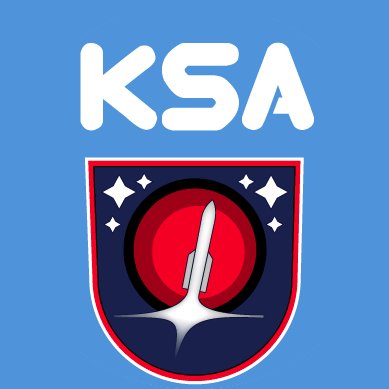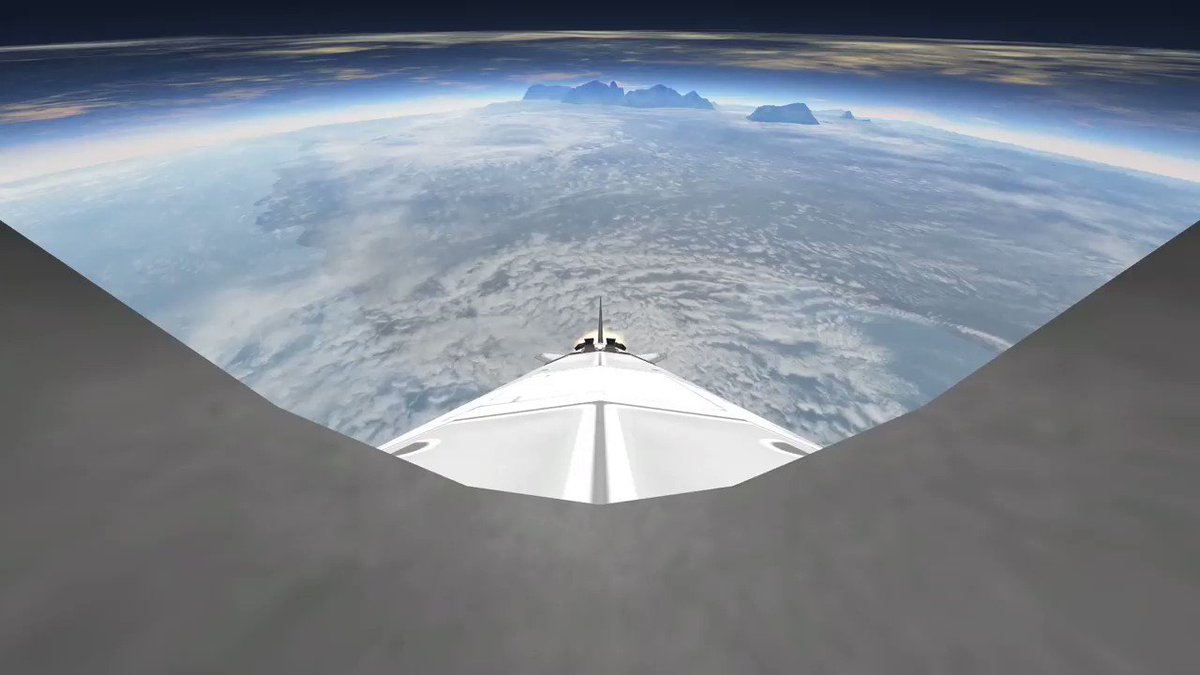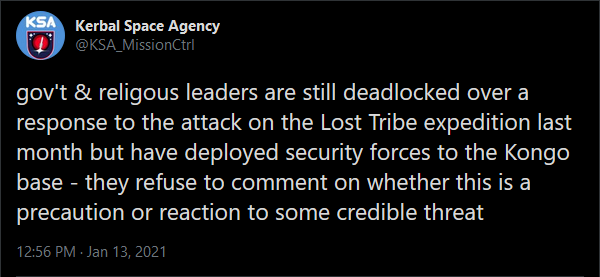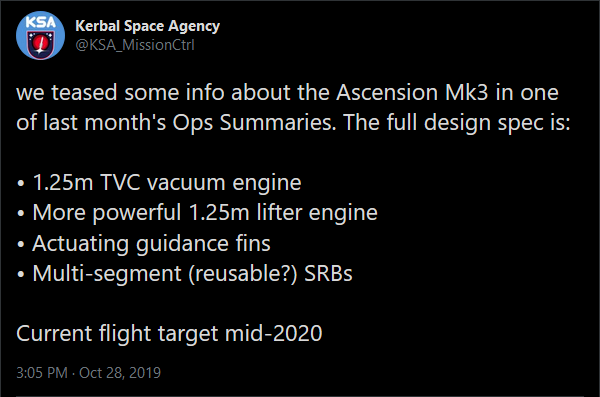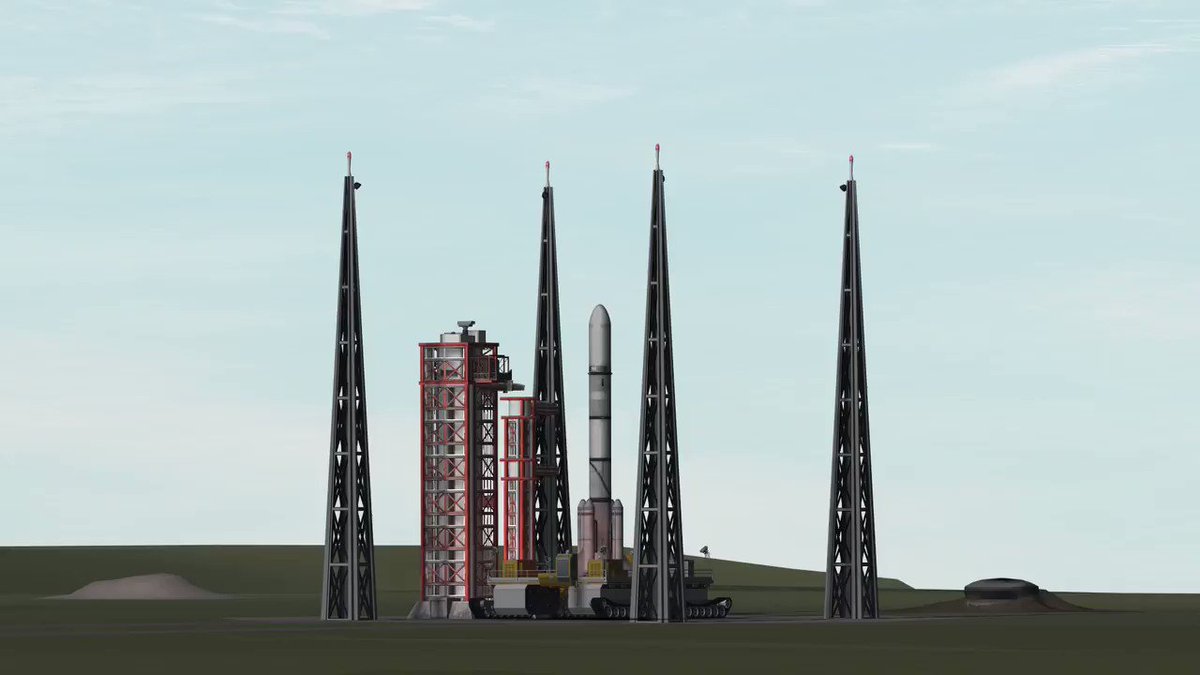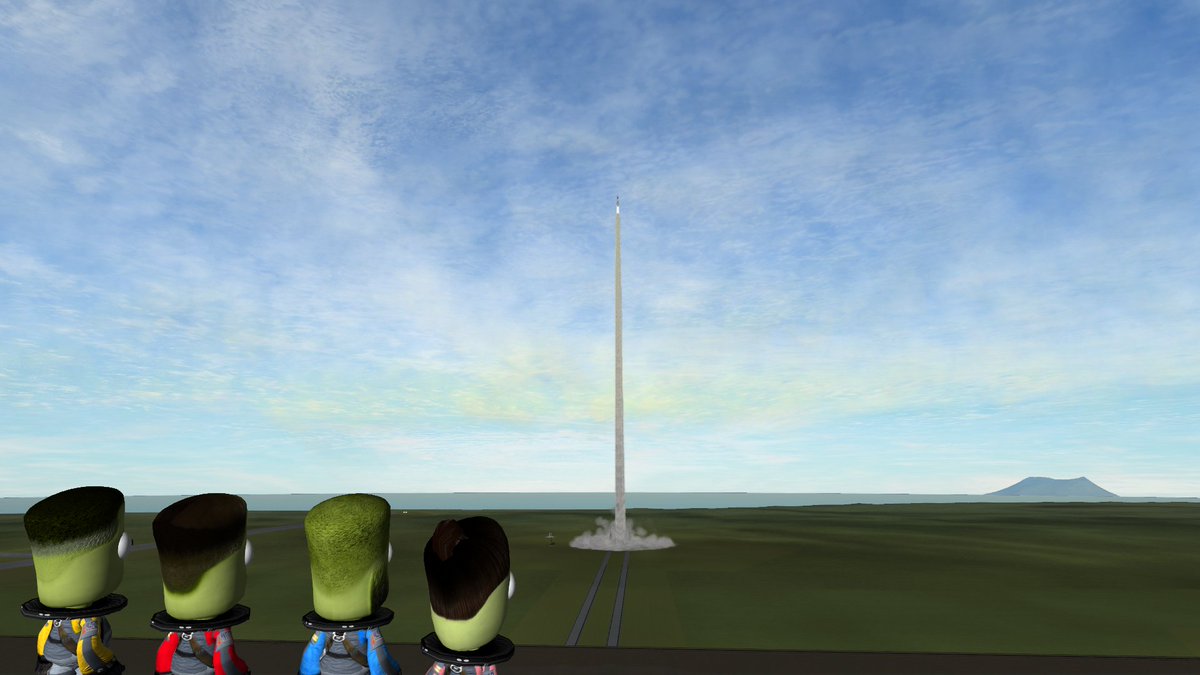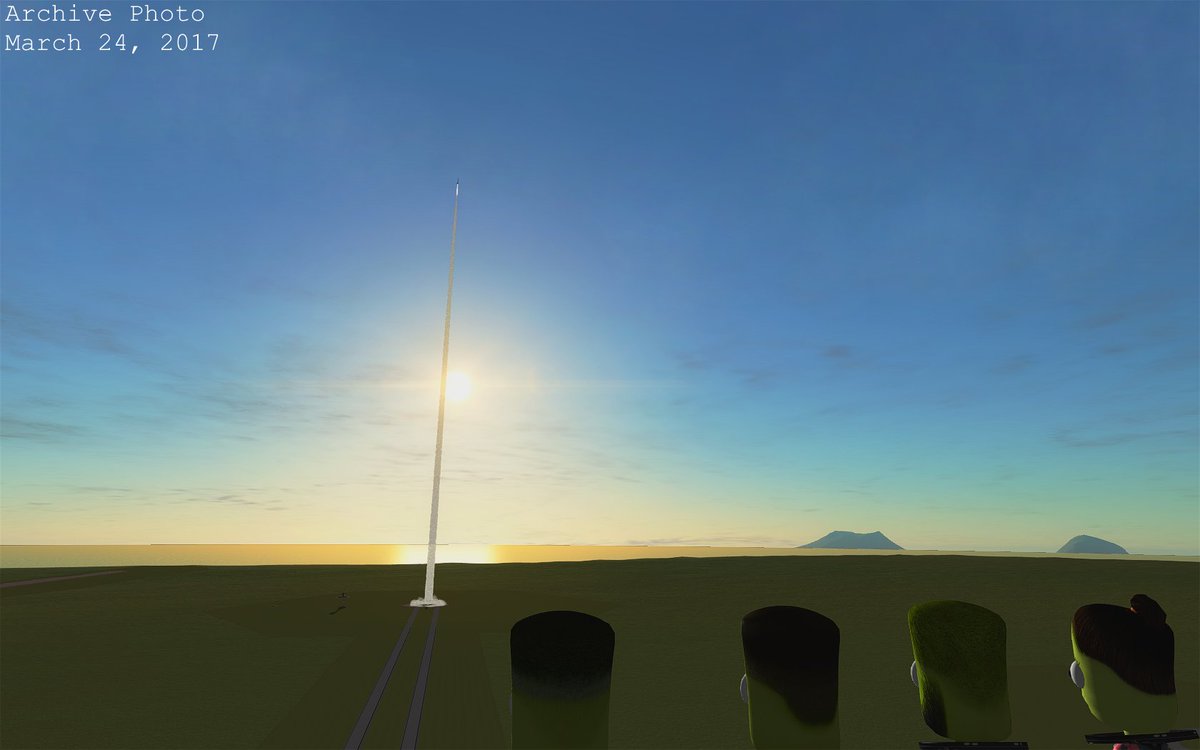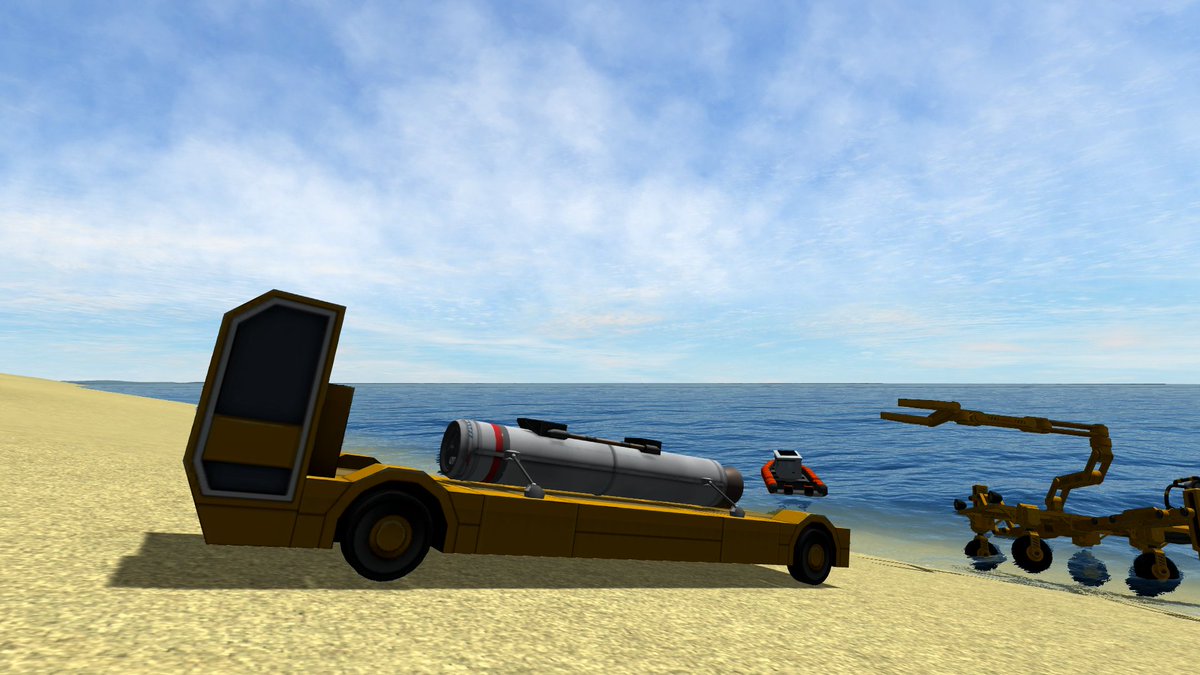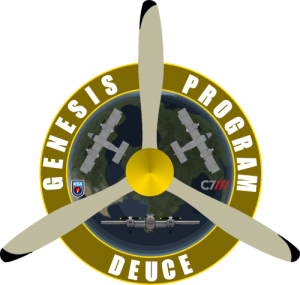 C7’s crash investigation team has closed its inquiry into the events that occurred during the first test flight of the Deuce aircraft. All the data that could possibly be collected was available to the team, meaning they could rule out any and all possibilities. Flight data recorders showed that all systems and controls were operating normally, and inspection of the engines after they were raised from the sea floor show they too were operating normally at the time of impact. Interviews with the ground crew and hangar crew turned up no issues that could have caused the accident. The conclusion reached by the team after talking with Captain Jebediah is that there is a fundamental flaw in the aerodynamic design of the Deuce that needs to be found and corrected, and the engineers at C7 Aerospace Division are now working on figuring out what it is. Overall the flight trial was deemed a success – the Deuce made it off the ground and was able to maintain controlled flight, at least initially. Plans are already set to dampen down the controls – the Civvie also faced a similar problem in initial trials and engineers are still working to find a good common ground for first flight trials – they don’t want to initially dial back the controls so much the test pilot is unable to recover from adverse situations. While HAB workers continue to wait for all the new parts to come in, over the next week or two C7 engineers will hopefully find the problem that led to the crash.
C7’s crash investigation team has closed its inquiry into the events that occurred during the first test flight of the Deuce aircraft. All the data that could possibly be collected was available to the team, meaning they could rule out any and all possibilities. Flight data recorders showed that all systems and controls were operating normally, and inspection of the engines after they were raised from the sea floor show they too were operating normally at the time of impact. Interviews with the ground crew and hangar crew turned up no issues that could have caused the accident. The conclusion reached by the team after talking with Captain Jebediah is that there is a fundamental flaw in the aerodynamic design of the Deuce that needs to be found and corrected, and the engineers at C7 Aerospace Division are now working on figuring out what it is. Overall the flight trial was deemed a success – the Deuce made it off the ground and was able to maintain controlled flight, at least initially. Plans are already set to dampen down the controls – the Civvie also faced a similar problem in initial trials and engineers are still working to find a good common ground for first flight trials – they don’t want to initially dial back the controls so much the test pilot is unable to recover from adverse situations. While HAB workers continue to wait for all the new parts to come in, over the next week or two C7 engineers will hopefully find the problem that led to the crash.
A detailed analysis of the test flight leading up to the crash on final approach shows that the issue is likely to do with the tail design. Upon the takeoff roll, which ran roughly 500m under full throttle, at around 40m/s side slip began to swing the tail out to the left. Jeb had enough rudder authority to correct for it and was able to take off without any additional problems. The initial climb out was at an angle of around 20° of pitch with a speed of around 50m/s. At 320m after raising his flaps Jeb also for the first time raised his landing gear. None of this had any affect on the aircraft’s tendency to want to slip to the left however, and if Jeb let go of the stick completely the slip would quickly cause the plane to also roll over to the left. Maintaining full throttle and runway heading Jeb climbed for 2km ASL in order to give himself enough recovery room when he began to maneuver, finding the aircraft was happy to fly level without the need for trim, as expected since unlike the Civvie the wings are not angled upwards. As noted, pitch and roll control was extremely sensitive and Jeb was unable to maintain a constant pitch while attempting to level off at 2km. With the throttles still wide open, the aircraft was now traveling around 130m/s. Roughly 30km downrange from KSC now, Jeb began a very slow and careful turn back towards KSC to setup for a downwind pattern entry. Rolling out of the turn he completely cut the throttles back to idle. His descent to 1km pattern altitude was done rapidly, and so he had an excess of speed when he entered the pattern, still traveling upwards of 100m/s. Holding level with engines at idle however and continuing to lower flaps eventually brought his speed down below 70m/s. Slowing further to below 50m/s and upon turning from base leg to final he descended below 200m and lost sight of the runway, forcing him to climb back up a little bit. As he did so he regained view of the runway and banked left in order to bring himself in alignment for landing, which is when his airspeed dropped and the plane stalled, rolling over and diving into the water.
While the slow speed of Jeb’s approach was considered to be a factor, the investigation notes the pilot was completely overwhelmed in staying ahead of the aircraft and could not properly concentrate due to this fact. They agree that if the aircraft had been more aerodynamically stable Jeb would have been able to properly carry out his approach.








